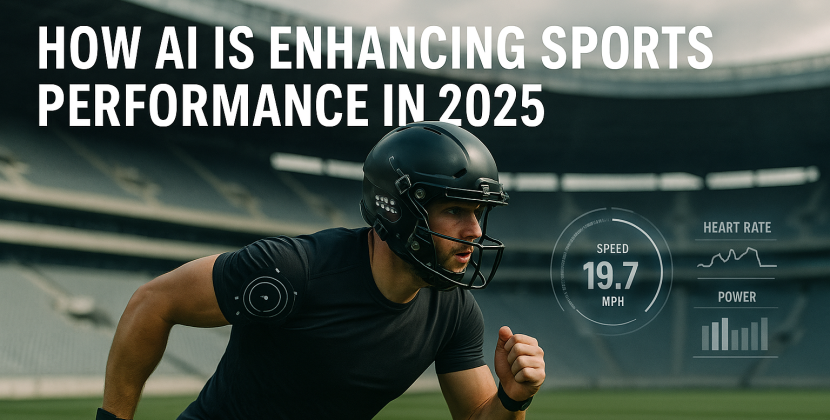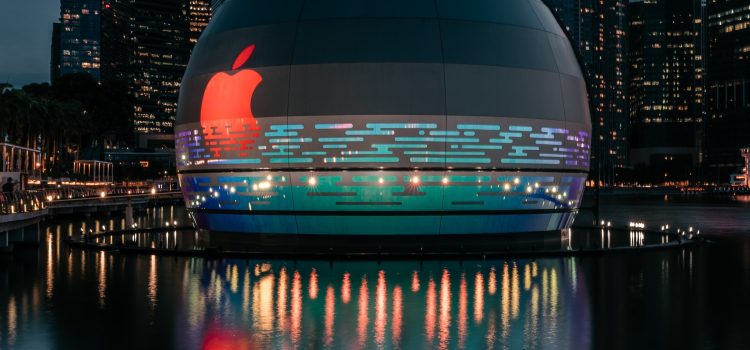
The long-anticipated release of Apple’s virtual reality (VR) and augmented reality (AR) headset has generated immense excitement and curiosity among tech enthusiasts and industry observers. As the rumors and speculation surrounding the device reach a fever pitch, it is time to evaluate the real-world performance of Apple’s new headset and examine its potential impact on the immersive technology landscape. In this report, we delve into the details, testing the waters to assess the capabilities and limitations of Apple’s latest venture.
Design and Ergonomics:
Apple’s prowess in design and user experience is well-known, and the new headset is no exception. Reports suggest that the device features a sleek and lightweight design, prioritizing comfort during extended usage. With adjustable head straps and ergonomic considerations, Apple aims to provide a comfortable and immersive experience that minimizes fatigue and allows users to dive into the virtual realm with ease.
Display and Visual Quality:
Central to any VR or AR headset is its display and visual quality. Apple’s rumored headset is expected to boast high-resolution displays, delivering crisp and vibrant visuals. The company’s expertise in display technology, gained from its experience with products like iPhones and iPads, is expected to shine through in the headset’s visual performance. The level of immersion and clarity will be key factors in determining the overall user experience.
Tracking and Spatial Awareness:
Accurate tracking and spatial awareness are critical for a truly immersive VR or AR experience. Apple’s headset is rumored to employ advanced sensors and tracking technologies to ensure precise motion tracking and positional awareness. This capability is essential for interactive experiences, allowing users to seamlessly interact with virtual objects and navigate augmented reality environments.
Processing Power and Performance:
To deliver seamless and realistic experiences, VR and AR headsets require substantial processing power. Apple’s headset is expected to harness the company’s powerful chips, leveraging their computational prowess to drive high-fidelity graphics and smooth performance. The ability to handle complex rendering and real-time processing will determine the headset’s capacity for immersive, latency-free experiences.
Content and Developer Ecosystem:
The availability of a diverse and engaging content library is crucial for the success of any VR or AR platform. Apple’s vast developer ecosystem and strong relationships with content creators provide a solid foundation. The company’s reputation for curating high-quality apps and experiences may contribute to a rich content offering, making the headset more appealing to potential users.
User Interface and Interaction:
Apple’s renowned user interface design expertise is expected to extend to its VR and AR headset. Reports suggest that the device will feature an intuitive and user-friendly interface, allowing users to navigate seamlessly between virtual environments and applications. The ease of interaction, including gesture recognition and voice control, will play a significant role in determining the overall user experience and accessibility of the device.
Privacy and Security:
Privacy and data security are paramount concerns in the digital age. As Apple has emphasized its commitment to user privacy, it is expected that the same principles will apply to their VR and AR headset. Robust privacy measures, data protection protocols, and transparent data handling practices will be crucial in building trust with users and ensuring their information remains secure.
Conclusion:
Apple’s entry into the VR and AR space has generated significant excitement, fueled by the company’s reputation for innovation and design excellence. While the specifics of the headset are yet to be officially confirmed, evaluating its real-world performance requires considering factors such as design, display quality, tracking capabilities, processing power, content availability, user interface, and privacy. As the immersive technology landscape continues to evolve, Apple’s new headset has the potential to shape the future of VR and AR experiences, providing users with an opportunity to dive into new realities and unlocking a world of possibilities.










